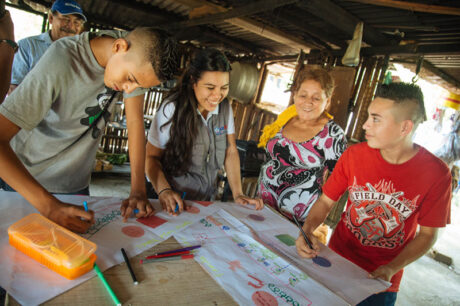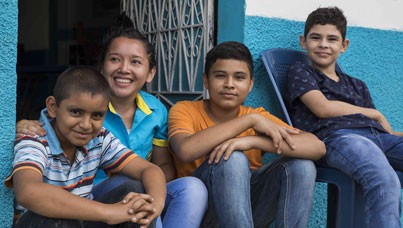A high school student attends an after-school program for several weeks, playing team sports, making arts and crafts and receiving tutoring and homework assistance. We know these types of programs can have a positive impact on participants – but how can the results be measured?
The Community, Family and Youth Resilience program, which is funded by the U.S. Agency for International Development and implemented by Creative Associates International, turned to the idea of self-efficacy to answer this question.
Tamara Hart, the program’s Monitoring and Evaluation Field Officer based in St. Kitts, explored the idea of self-efficacy at the Global Youth Economic Opportunities Summit in a break-out session titled “Tools for Youth-Driven Learning: Essential Skills Development and Measurement for a Changing World of Work.”
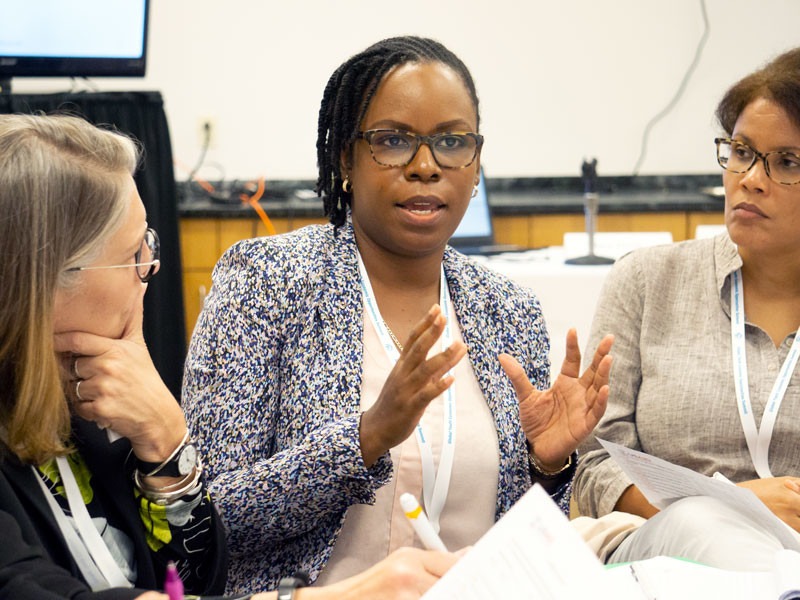
“Self-efficacy really focuses on an individual’s perception of their ability to perform a given task. It’s different from self-esteem in that it is not necessarily related to how someone feels about themselves as a person,” she said.
With a large geographic scope, a broad group of beneficiaries ages ranging from 10 to 29 and diverse goals – including preventing crime and violence, building resilience and developing workforce skills – the program wanted to find a tool that could capture its wide-ranging results, Hart said.
“We determined that self-efficacy was a good fit for our program in order to have this one measure that can track change across all of our participants in all these programs in three countries,” Hart said.
The program uses a series of 24 questions, asked before and after an intervention, to measure self-efficacy, which is a key piece of promoting agency and positive youth development. The questionnaire explores several distinct areas of self-efficacy, Hart explained: general, street (your ability to keep yourself safe), social, emotional and academic, which align with the program’s priorities.
“Self-efficacy impacts your behavior, your thoughts, your motivation and your feelings,” she said. “This really applied to us because we’re looking at behavior modification, reducing risk factors and building resilience … and there is a positive correlation between self-efficacy and resilience, or the ability to adapt positively despite adversity.”
With the questionnaire, the project was able to quantify the positive effects on self-efficacy among hundreds of youth who participated in USAID-supported after-school and spring break programs.
Hart said that of the 327 youth who were measured – about evenly split between boys and girls – 75 percent saw an increase in their self-efficacy.
Youth ownership of learning
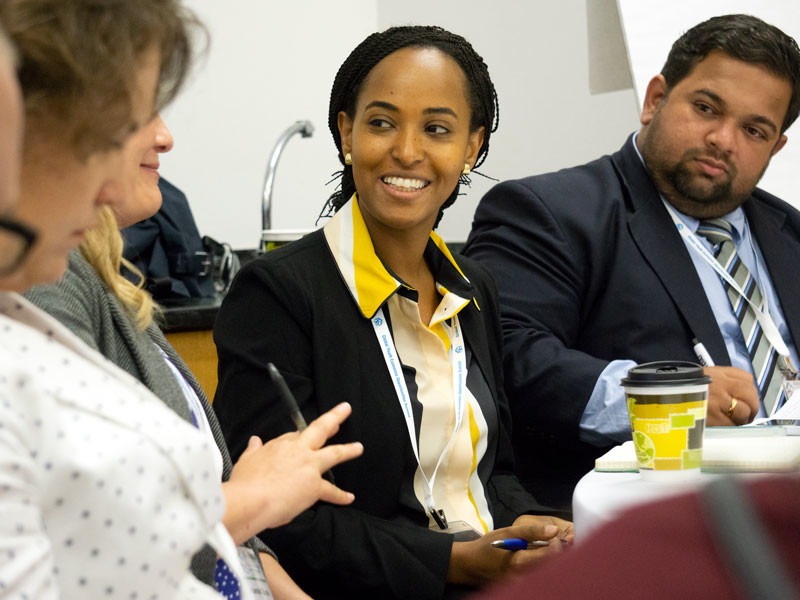
Presenting alongside Hart were Tsaga Belachew, Technical Lead for Youth Economic Opportunities at IREX, and Churchill Saoke of Jomo Kenyatta University in Kenya, who partnered with IREX on a youth training initiative. The break-out session was facilitated by Sara Danish, Management Associate with Creative’s Citizen Security Practice Area.
Belachew and Saoke presented on two IREX initiatives, a digital badge system and the Youth Essential Skills training model.
Belachew explained that IREX partnered with public universities in Uganda, Tunisia and Kenya to adapt tools for soft skills training and shift from an instructor-driven, theory-heavy model in which youth are passive learners to an approach in which youth take the lead in their own education.
“Youth need to be adaptable, lifelong learners. Youth need to be able to gain skills and re-skill to navigate uncertainty. In essence, they have to be expert learners,” Belachew said. “The future needs a learning process that allows youth to drive their own learning, that allows them to become self-sufficient, to access resources.”
The training model gave youth ownership over each stage of their learning, from developing the curriculum, delivering the trainings, putting what they learned into practice and assessing the results.
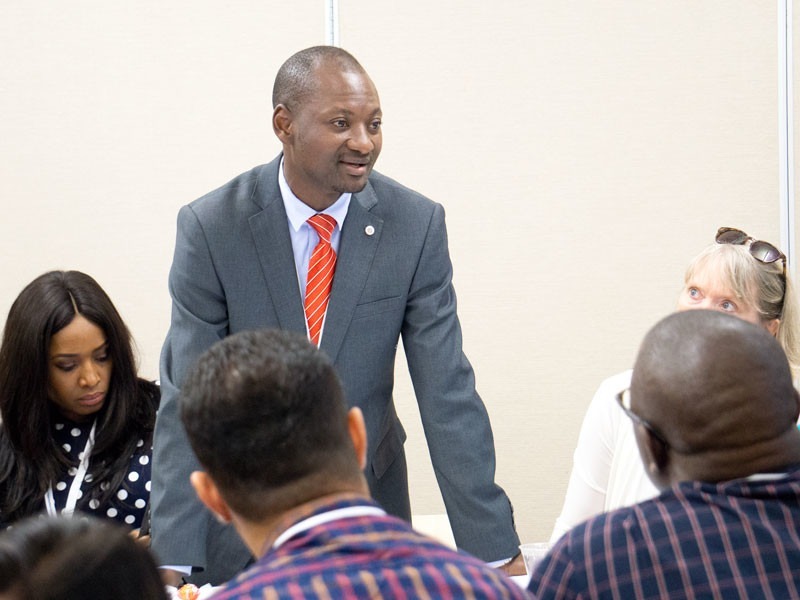
Part of the program included a “digital badge” which marks participants’ achievements and allows them to showcase their skills to potential employers.
In Kenya, IREX’s Youth Essential Skills pilot focused in on four of 10 key skills: entrepreneurship thinking, high order thinking, communication and collaboration. An online platform helped youth take ownership of their learning, track their progress and reflect on the skills they’re building.
“It helps the learners discover their skills … and it helps them to own their learning and have control over what they’re learning,” Saoke said. “More importantly, it makes them accountable for their learning and lets them continuously learn and develop out their skills.”
With these tools to put youth in the driver’s seat of building their own skills and self-efficacy and measuring results, youth development programs – whether in Guyana or Kenya – can better prepare young people to succeed in the changing world of work.

